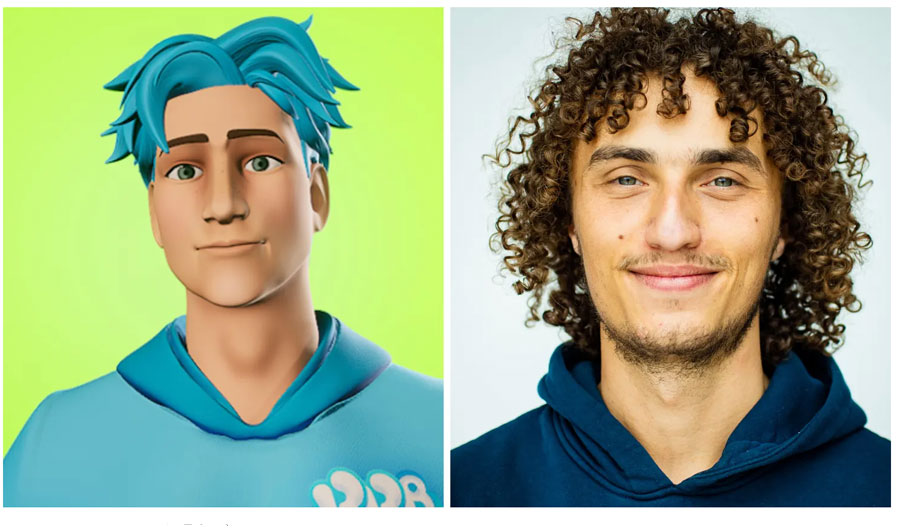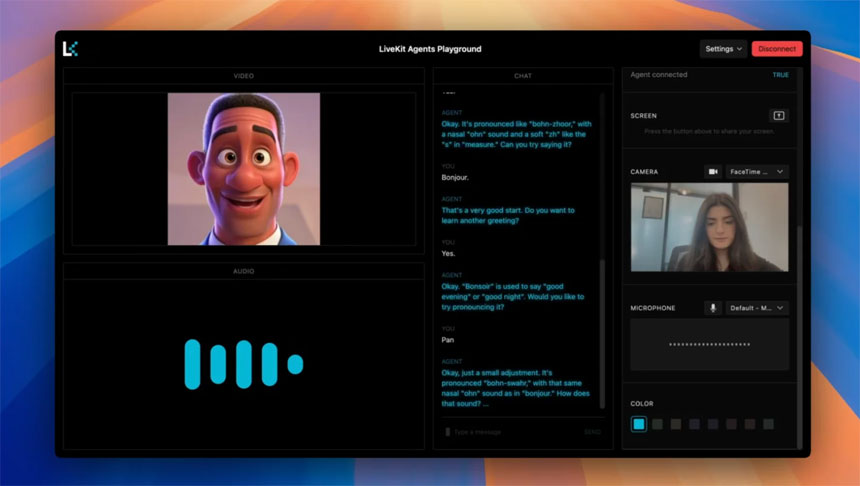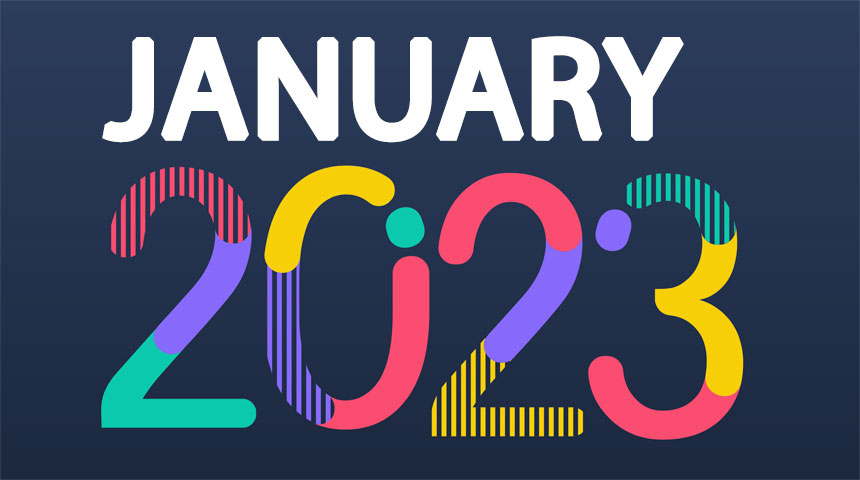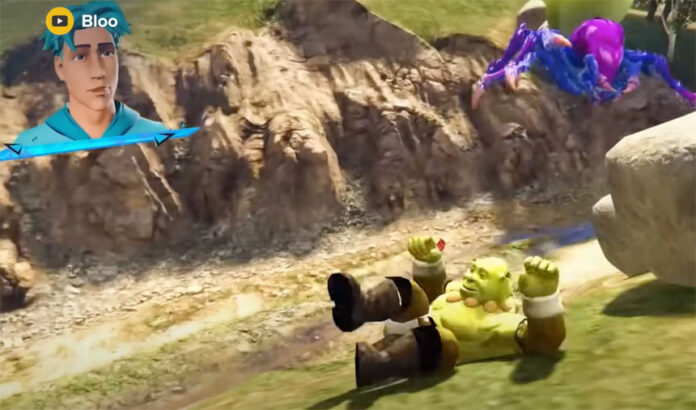IBL News | New York
Virtual YouTubers, or VTubers, are gaining traction with the advances in video generation AI tools, fueling a new wave of creators.
An example is Bloo, a fully AI-powered personality who plays popular games like Grand Theft Auto, Roblox, and Minecraft, boasting 2.5 million subscribers, 700 million views, and over seven figures in revenue.
Bloo resembles a figure from a Pixar film or the video game Fortnite.
This virtual character was created by Jordi van den Bussche, a 29-year-old YouTuber from Amsterdam, also known as Kwebbelkop. He created Bloo after finding himself unable to keep up with the demands of content creation. “It’s all about good vibes and engaging content,” he says.

Van den Bussche (in the picture above) uses AI technology from ElevenLabs, OpenAI’s ChatGPT, Google’s Gemini, and Anthropic’s Claude.
Startup Hedra offers an AI tool that generates videos up to five minutes long for virtual characters that speak. It has raised $32 million in a funding round led by Andreessen Horowitz.

The Hedra’s Character-3 and Google’s Veo 3 tools are already being used in many viral faceless channels, such as comedian Jon Lajoie’s Talking Baby Podcast, which features a hyper-realistic animated baby talking into a microphone. Another is Milla Sofia, a virtual singer and artist whose AI-generated music videos attract thousands of views.
A Spain-based creator named GoldenHand publishes up to 80 videos per day across his network of channels. His content is audio-driven storytelling, paired with AI-generated images and subtitles. Everything after the initial idea is created entirely by AI. He recently launched a new platform, TubeChef, which provides creators with access to his system to automatically generate faceless AI videos starting at $18 per month. Noah Morris is another creator, with 18 faceless YouTube channels.
There is also an increased volume of low-effort, low-quality, randomly generated content created using AI, which is flooding platforms such as TikTok, YouTube, and Instagram. This type of material is often referred to as “AI slop.”

 En Español
En Español











![OpenAI Released Apps that Work Inside ChatGPT and an SDK [Video]](https://iblnews.org/wp-content/uploads/2025/10/openaieventday-218x150.jpg)










